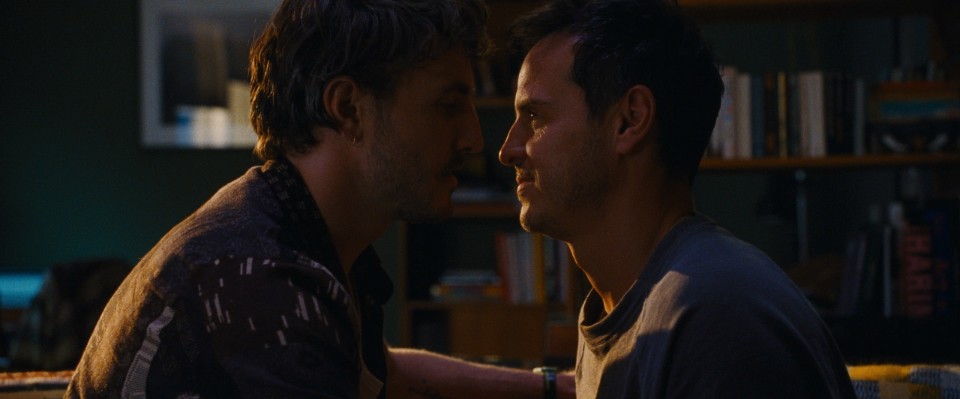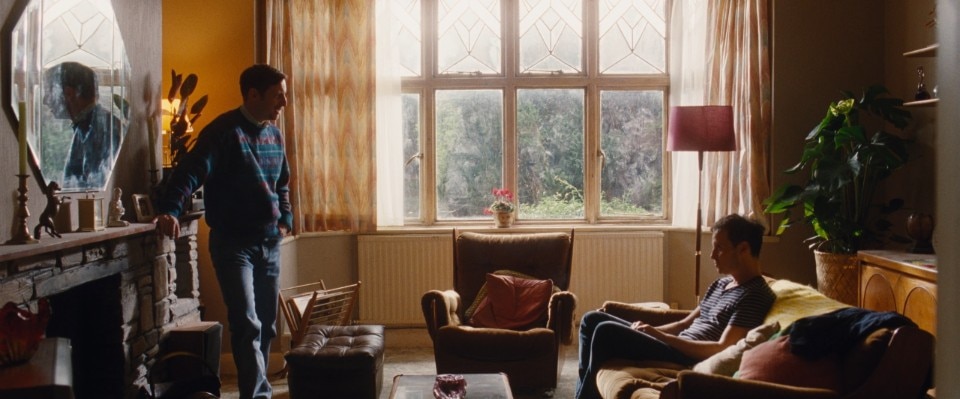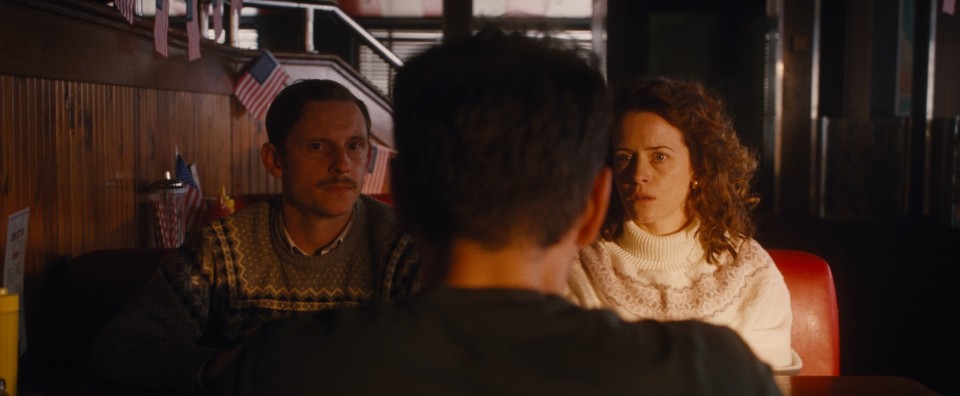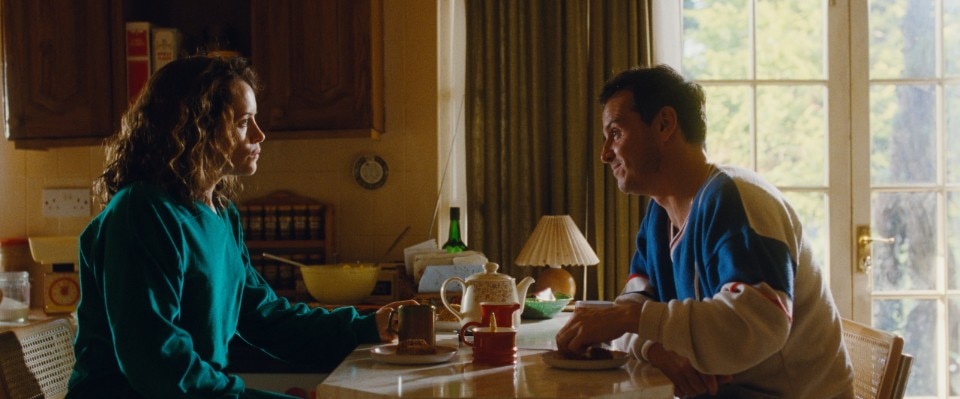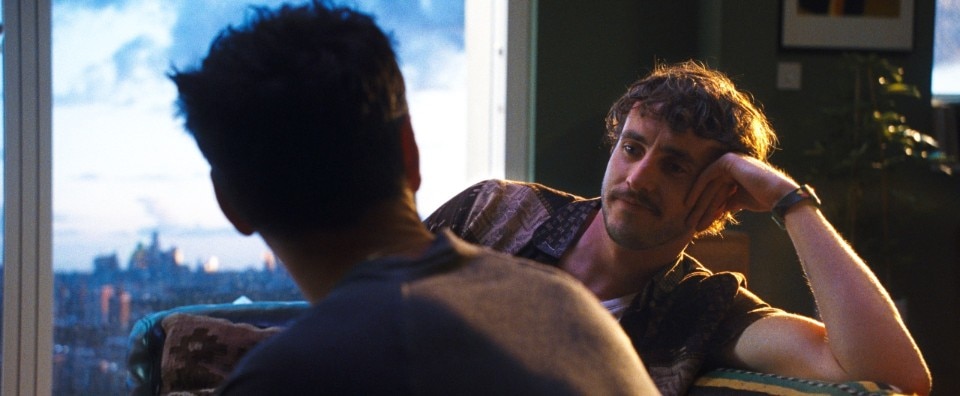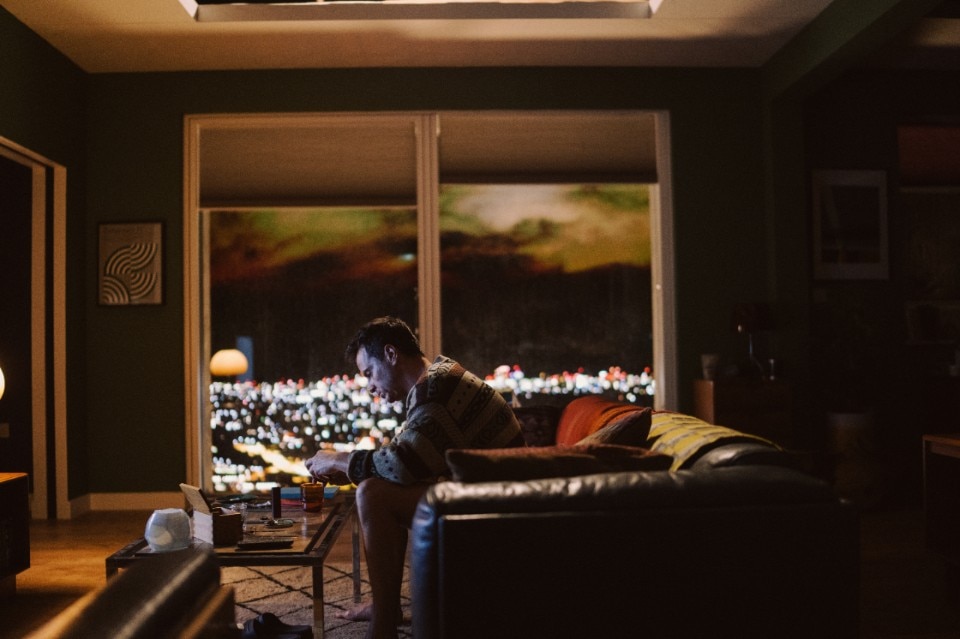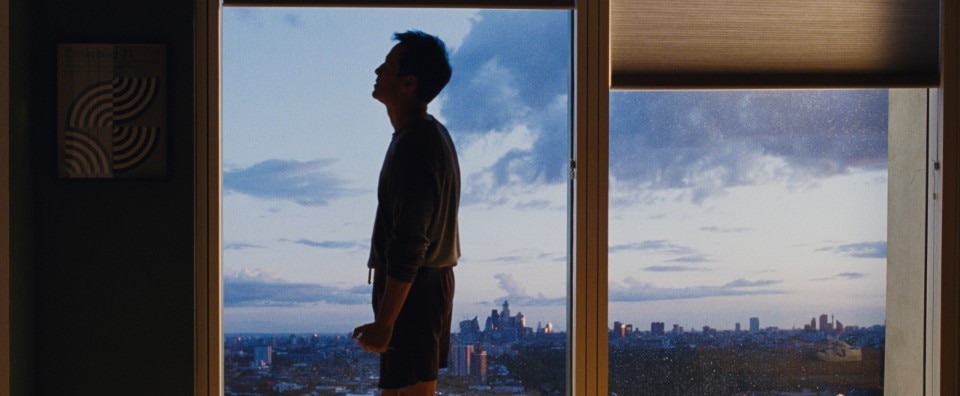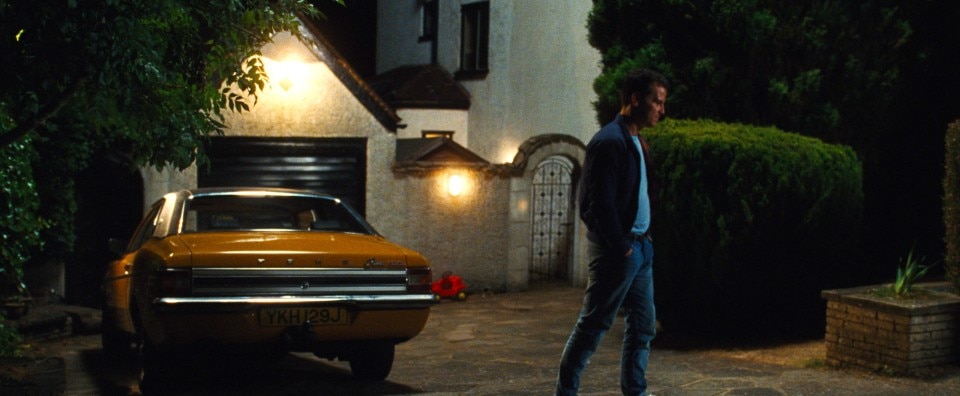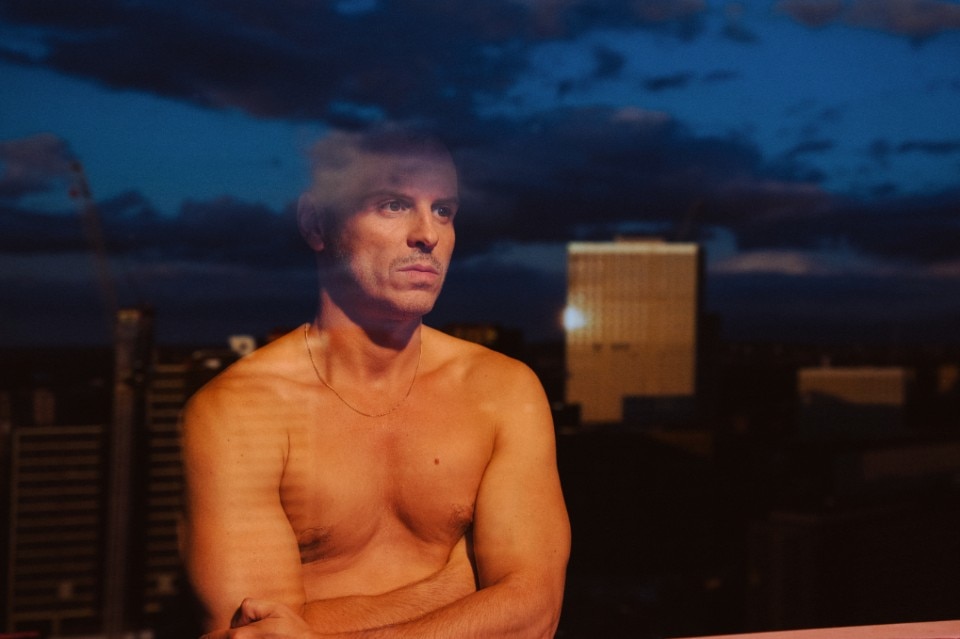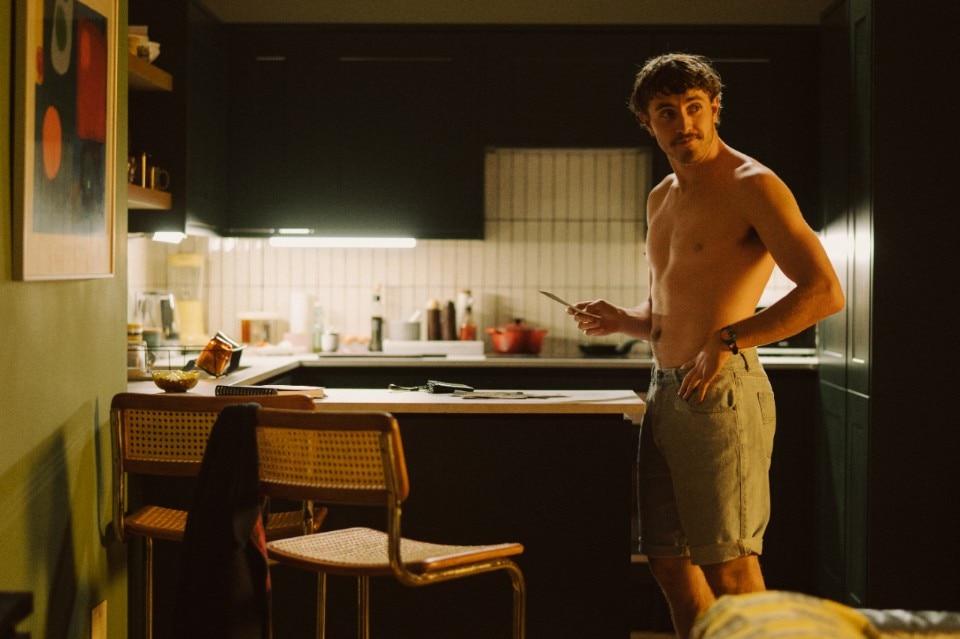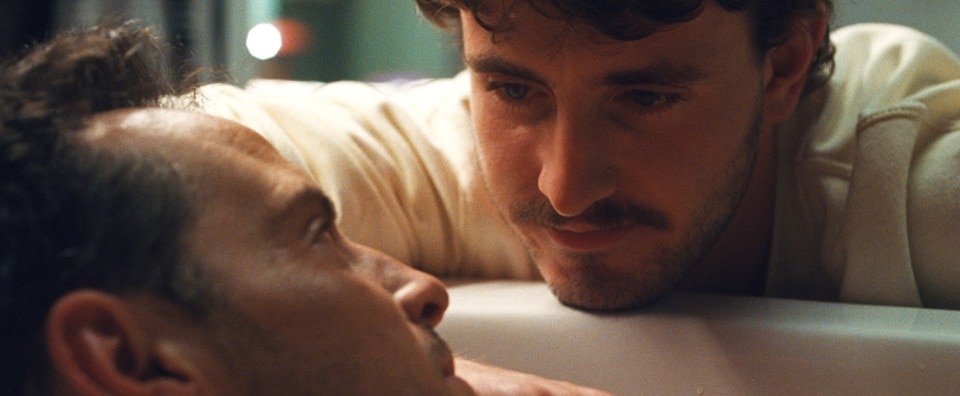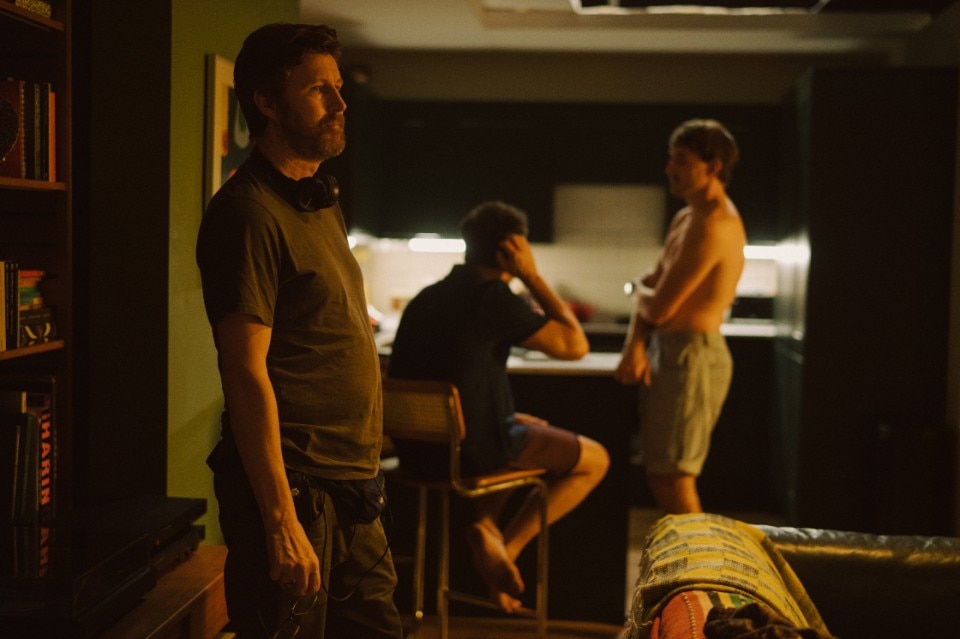In the tower-studded London of the wavering capital, a false alarm brings together the only two tenants of a modern building. Their encounters in their homes evolve into entire days spent together, followed by the longing to venture out “into the world.” There’s a certain linearity to their narrative; the only exception is that one of the two lost both parents at the age of twelve. To deal with his past, he decides to return to the house where he grew up in, where his parents welcomed him anew. They are young, younger than him today, belong to the same 1980s in which they died, and they are happy to see him again after a long time.
(Minor spoiler: this scene occurs roughly 20 minutes into the film)
In All of Us Strangers, starring Andrew Scott, Paul Mescal, Claire Foy, and Jamie Bell, director Andrew Haigh goes beyond the familiar tropes of queer drama, previously explored in 2011 in Weekend – gay drama, more precisely: coming out, acceptance, the expression of emotions and sexuality. Haigh now delves into urgent issues of our time, despite repeatedly confronting the concerns rooted in the past voiced by parents, insisting that “things aren’t the same anymore,” and that hurdles are different now.
This film fully encapsulates contemporary struggles, with space playing a crucial role.
It’s a film crafted from the solid, almost impenetrable solitude of the few individuals who truly inhabit it. It’s a kind of solitude that is in no way traceable in films from decades past because it's a model of solitude that is entirely “ours,” and that is the posthumous result of those decades. It's the relational code of contemporary cities in the era of late capitalism, or however you want to call it.
This film fully encapsulates contemporary struggles, with space playing a crucial role.
First and foremost, let’s look at the building itself, where everything happens, shown even on the poster. We are at Insignia Point, in Victory Plaza, a high-end complex developed by the Lifschutz Davidson Sandilands firm, engineered by Arup, for an Anglo-Qatari fund, completed in 2019 on the site of the 2012 Olympic Village. Only two people live here, in this landscape of empty apartments. A place and architecture that are almost symbolic of a solely and entirely contemporary London, portraying an allegorical image of a modern form of feeling. Not a single brick of the dystopia being constructed in the film are external − at least for much of its duration − to people, none comes from outside, from urban or domestic space: luxurious apartments, majestic views, furnishings that communicate the solidity of a position, pieces of design − and for those who frequently engage with design, recognizing a Plissé by De Lucchi in the corner of one of the scenes, perhaps the most difficult to watch, can feel somewhat akin to Kubrickian meticulousness.
However, the city feels distant. The space above and below the protagonists − for floors and floors of apartments − is, once again, empty. As if one could argue that even if it were full, it would make no difference
“You and me together, into the world,” one says to the other. And the world is celebrating at the Royal Vauxhall Tavern, one of the most historic epicenters in the queer geography of the city. Legend has it that Freddie Mercury and Princess Diana enjoyed here the only night of absolute and relished anonymity that they indulged in for a whole decade. The experiences of these two icons incognito and those of our two protagonists sound so similar to the “crowded solitudes” that, according to Ugo La Pietra, we all experience, but they do so in very different ways. In the film, the night out will do little against a painful return to a place that does not belong to the present.
@tanzey_ Plz dont take this down its my best edit also what a mf film #fyp #edits #allofusstrangers #allofusstrangersedit #andrewscott #paulmescal ♬ original sound - tanz ッ
And there stands the protagonist’s parents’ house, in the suburbs − which happens to be the actual childhood home of the director, in Croydon – where he goes to, to confront the past that he must learn to let go of. Visits pile up, conversations resume where they were left off almost forty years ago. The space is domestic, familiar, from the 1980s – and as many directions have pointed out by now, the 1980s are not color. Cyndi Lauper is color; Boy George is color. The mass habitation of the 1980s, is instead undeniably brown.
Such is the loneliness radiating from contemporary London, from that tower apartment and its furnishings so timelessly and apathetically rich, such is the loneliness of individuals like authentic internal spaces projected outward, awkwardly pushing it to the edges of the scene, that past increasingly takes on the form of a physical place. The past becomes the only space that one can truly inhabit.
They are spaces of the past still physically present today – cottages, fields, Thatcher-era shopping centers – but that can only exist if filled with what filled them then. Spaces of stories that never existed, mental spaces constructed from the ketamine of an night: any space will do, as long as it’s not the space of the here and now, deafening with its emptiness and its absence of sound, an absence that one of the two protagonists will suffer beyond limits.
We probably should be grateful to Haigh for drawing attention to the oppressively individual struggles of existence today, but also, and perhaps above all, for talking − for almost two hours − about generations, homes, and cities.
Opening image: Andrew Haigh, All Of Us Strangers, 2023. Courtesy Searchlight Pictures. © 2023 Searchlight Pictures All Right Reserved





